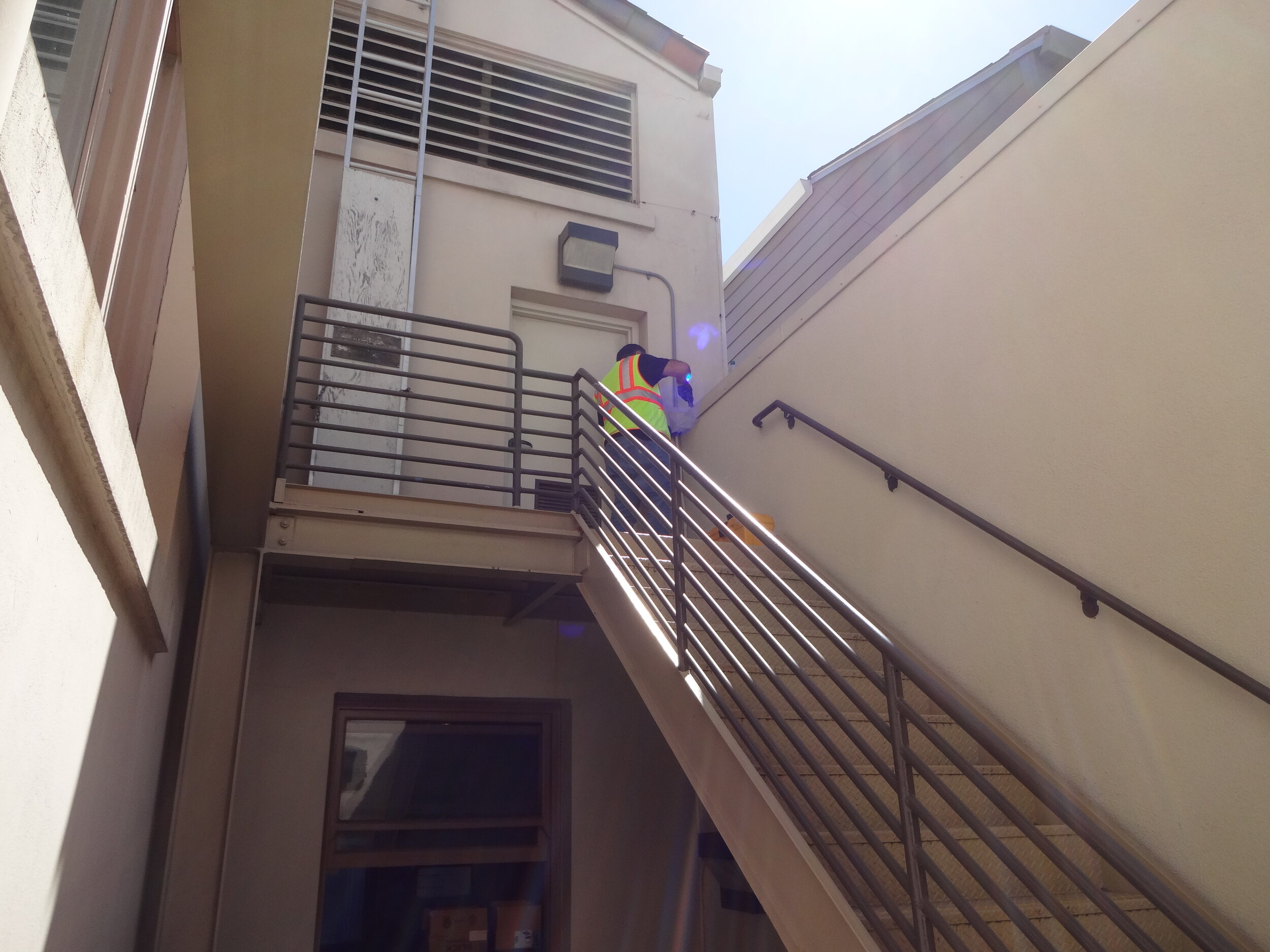Building Surveys for Hazardous Materials in Accordance with NESHAPS and HUD Guidelines
Lead and asbestos contamination is frequently encountered during urban construction activities in residential, industrial, and commercial areas with historic uses of asbestos containing material (ACM) and lead-based paint (LBP). The Occupational Health and Safety Administration (OSHA) regulates levels of exposure to lead and asbestos in the construction industry. In addition, similar recommended nuisance standards for dust have been established by the Bay Area Air Quality Management District (BAAQMD) for various types of renovation and demolition in the San Francisco Bay Area.
Asbestos and Lead Based Paint Surveys
ESI provides complete pre-renovation or demolition building surveys for locations and conditions of regulated ACM (RACM) as required by the BAAQMD.
ESI has completed multiple projects in public, commercial, residential, and school buildings in compliance with NESHAPS and AHERA regulations, and HUD guidelines. Hazardous material surveys include a comprehensive survey for the presence of asbestos, lead containing paint and other potential hazardous materials (mercury thermostats, fluorescent light tubes, PCB Ballasts, etc.).
ESI provides building surveys for the presence of LBP using X-Ray Fluorescence (XRF) readings of paint on substrates in accordance with California Department of Public Health requirements and Housing and Urban Development (HUD) guidelines. LBP Surveys are conducted by a CDPH Certified Lead Inspector/Assessor.
A final Lead and Asbestos Survey Report is prepared and submitted, which includes all contaminant documentation, a risk assessment of hazards at the site, prioritization of required remediation, and budgetary planning for corrective action.
Abatement Project Oversight
ESI holds a high standard when providing an abatement project oversight for the safety of the construction crew and the general public. ESI will ensure that all applicable regulatory requirements are in compliance and the abatement contractor has submitted proper notification of abatement work. The QA/QC procedures are a main component of an abatement oversight work. ESI’s on-site staffs are experienced and trained and are required to follow the company’s quality control procedures on every abatement project oversight. These procedures include but are not limited to contractor supervision, daily work area inspection, general observations, daily air monitoring and assessment of results, and taking corrective actions.
Our experience ranges from survey and inspection for LBP and ACM to contractor supervision, visual inspections, and air clearance testing in a variety of residential, commercial facilities, and school buildings. ESI’s OSHA certified asbestos consultants and CDPH certified lead project monitors can assist your company with compliance with project specification design, and compliance and third party inspection and air monitoring services.
Fungi (MOLD) investigations/Indoor Air Quality Assessment
The first sign of mold problems are often deceptive: a moldy smell in part of a building, tired employees or tenants who are said to be suffering from cold or allergies, or visible mold growth on walls, windows or other surfaces in certain locations. These signs are easy to ignore and at times hard to interpret.
As part of our mold investigation ESI provides consultations and on-site filed services to include:
Site assessment by visual inspection and humidity measurement
Bulk and surface sampling to identify specific mold contamination
Concurrent monitoring of indoor air and outdoor air, when the presence of mold is suspected (e.g., musty odor)
Analysis of environmental samples by laboratories accredited by the American Industrial Hygiene Association (AIHA)
Design of site specific remediation options for mold abatement
For more information, visit our page on Indoor Air Quality Assessment.




